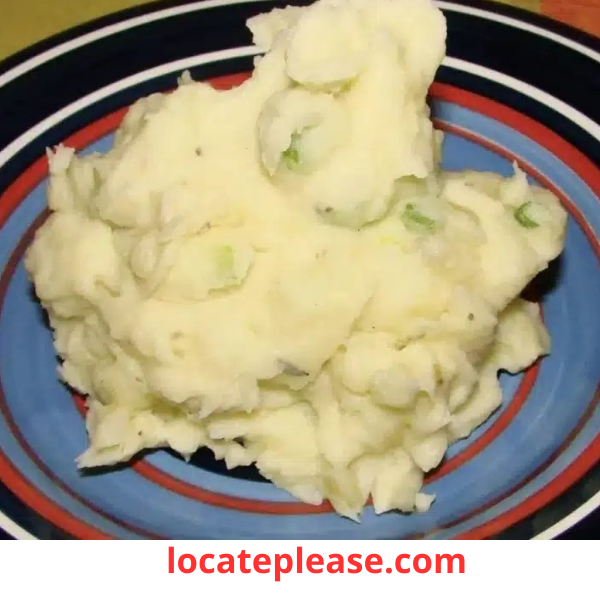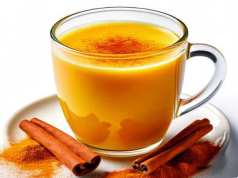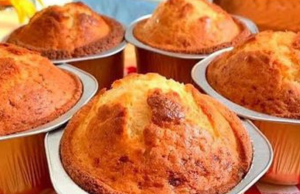Potatoes are a versatile and beloved staple in cuisines around the world. However, their naturally starchy and absorbent nature means that how you cook them can make or break their flavor. When boiled in plain water, much of their natural taste can leach out, leaving them bland and reliant on heavy seasoning afterward. The good news? With the right techniques, you can elevate the humble potato to new heights of flavor. Here’s your step-by-step guide to cooking potatoes for maximum flavor:
Step 1: Choosing the Right Potatoes
Not all potatoes are created equal. Different varieties have unique textures and flavors that suit specific cooking methods. To maximize flavor when boiling:
- Yukon Gold Potatoes: Known for their buttery texture and rich flavor, Yukon Golds are perfect for boiling. They hold their shape well while absorbing seasonings beautifully.
- Red Potatoes: These waxy potatoes are slightly firmer and retain their structure during cooking, making them ideal for salads or side dishes.
- Russet Potatoes: While excellent for mashing due to their high starch content, Russets tend to absorb too much water when boiled, which can lead to mushiness. Save these for recipes like baked or mashed potatoes.
Choosing the right type of potato sets the foundation for achieving flavorful results.
Step 2: Prepping the Potatoes
Proper preparation ensures even cooking and enhances the final flavor.
- Wash Thoroughly: Scrub the potatoes under running water to remove any dirt or debris. This is especially important if you plan to leave the skin on.
- Skin On or Off? Leaving the skin on not only adds texture but also retains valuable nutrients. If you prefer peeled potatoes, do so carefully to avoid waste.
- Cut Evenly: Slice the potatoes into uniform chunks to ensure they cook evenly. Larger pieces will take longer to soften, while smaller ones may become overly soft quickly. Aim for bite-sized cubes (about 1–2 inches) for most applications.
Prepping correctly ensures consistent cooking and allows the potatoes to absorb flavors more effectively.
Step 3: Infusing Flavor into the Boiling Liquid
The secret to flavorful potatoes lies in what you boil them in. Instead of plain water, use a flavorful liquid and aromatics to infuse the potatoes with depth and complexity.
- Salt Generously: Just like pasta, potatoes need salt to bring out their natural flavors. Add about 1–2 tablespoons of salt per quart of liquid. Don’t skimp—this step makes a huge difference!
- Garlic Cloves: Throw in a few whole garlic cloves for a subtle savory undertone. You can remove them after cooking or mash them into the potatoes for extra flavor.
- Herbs and Spices: Fresh herbs like rosemary, thyme, or bay leaves add aromatic notes. Tie them together in a bundle for easy removal after cooking.
- Broth Instead of Water: Swap plain water for chicken or vegetable broth to introduce an additional layer of umami-rich flavor. This simple switch transforms ordinary potatoes into something extraordinary.
- Optional Enhancements: For a luxurious touch, consider adding a splash of cream, a pat of butter, or a pinch of peppercorns to the pot.
By infusing the cooking liquid with these ingredients, you’re setting the stage for deeply flavorful potatoes.
Step 4: Boiling the Potatoes Correctly
Cooking the potatoes properly is crucial to achieving the desired texture and maximizing flavor absorption.
- Start with Cold Liquid: Place the potatoes in a pot with cold, seasoned liquid. Starting from cold allows the potatoes to cook evenly from the inside out.
- Simmer Gently: Bring the liquid to a gentle simmer over medium heat. Avoid boiling vigorously, as this can cause the potatoes to break apart or become waterlogged.
- Test for Doneness: Check the potatoes after 10–15 minutes by piercing them with a fork. They should be tender but still hold their shape. Overcooking can result in mushy potatoes.
- Drain Carefully: Once cooked, drain the potatoes thoroughly. Avoid rinsing them, as this removes some of the infused flavors.
- Finish with Flavor: For an extra burst of flavor, toss the drained potatoes with a knob of butter, a drizzle of olive oil, or a sprinkle of fresh herbs. This final step locks in moisture and adds richness.
Boiling potatoes correctly ensures they’re both flavorful and perfectly textured.
Bonus Tips for Maximizing Flavor
- Roast After Boiling: For crispy exteriors and creamy interiors, parboil the potatoes first, then roast them in the oven with olive oil, salt, and pepper.
- Mash with Infused Liquids: Reserve some of the flavorful cooking liquid to mix into mashed potatoes instead of plain milk or water.
- Experiment with Seasonings: Try different combinations of spices, such as smoked paprika, cumin, or chili flakes, to create unique flavor profiles.
- Pair with Complementary Ingredients: Serve your potatoes alongside proteins, sauces, or vegetables that enhance their flavors. For example, pair herb-infused potatoes with grilled chicken or a tangy aioli.
Conclusion: Elevate Your Potato Game
Cooking potatoes for maximum flavor doesn’t have to be complicated—it just requires thoughtful preparation and attention to detail. By choosing the right variety, prepping them properly, infusing the cooking liquid with aromatics, and boiling them gently, you can transform this humble tuber into a standout dish. Whether you’re serving them as a side, incorporating them into salads, or mashing them for a comforting meal, these techniques will ensure your potatoes are anything but bland.
So next time you reach for those spuds, remember: with a little care and creativity, you can unlock their full potential and enjoy truly delicious results.










